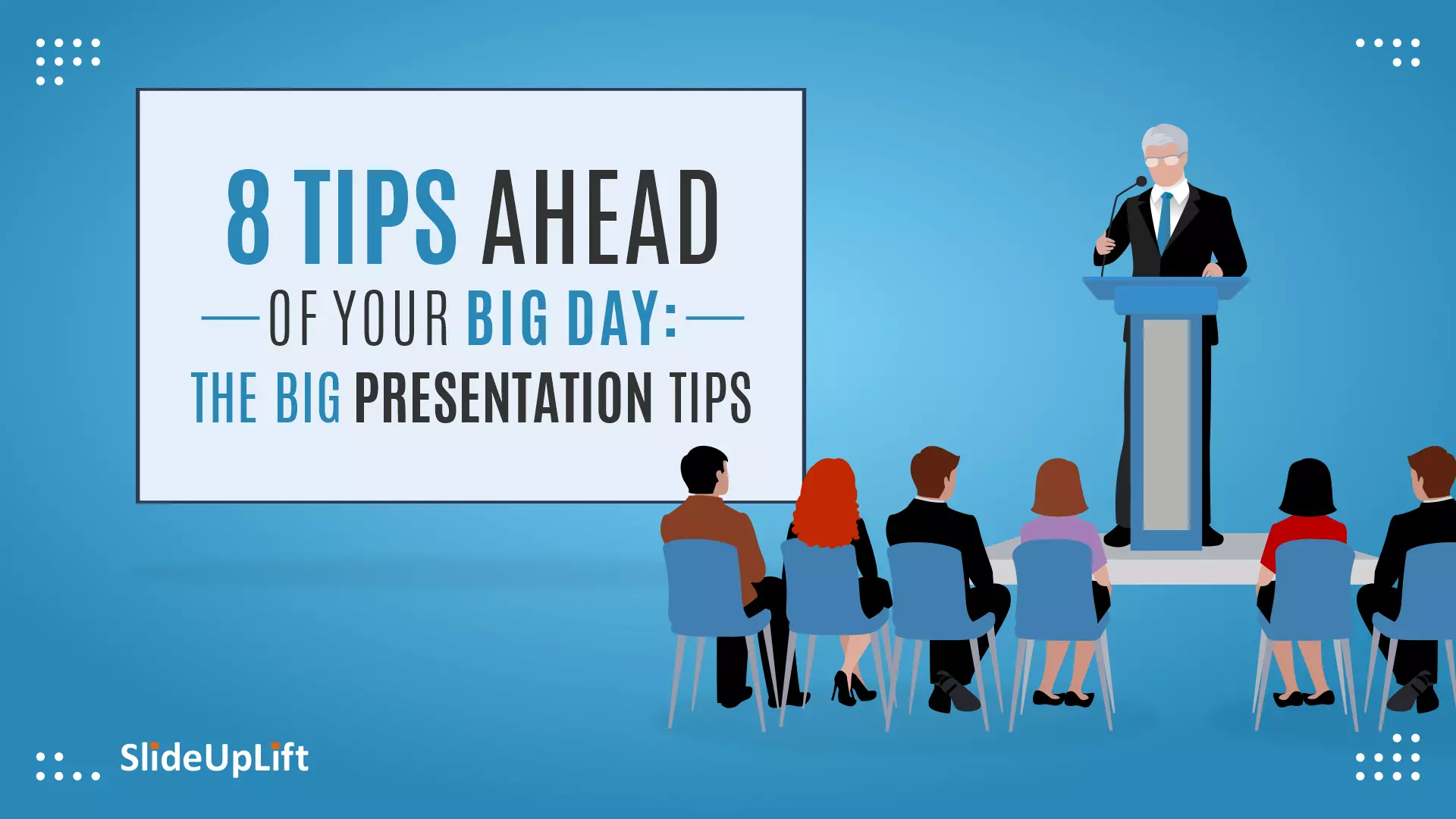How To Create Your Perfect Webinar Presentation
Webinars are becoming an increasingly important tool for businesses to connect directly with their customers — to educate and inform, maintain relationships and even build a brand. They’re also excellent list-building tools, whether you’re using them in real-time or as evergreen lead magnets.
Furthermore, webinars are a valuable tool for digital learning, which is essential during a crisis like the one we are currently experiencing when people work from home and are looking for learning opportunities and keep themselves updated. Presentations are a powerful format to conduct a webinar– these help the speaker tell their story using visual aids and helps the audience visualize the content being covered.
Our guide below outlines the steps for creating an amazing webinar presentation, essential elements, and tips and techniques for success.
7 Steps To Create A High-Converting Webinar Presentation
Building a presentation necessitates planning and forethought. To ensure a good outcome, you should follow specific steps when designing a webinar presentation.
1. Conduct In-Depth Research For Your Webinar Subject
It goes without saying that before launching any content — whether it’s social media campaigns, landing pages, or a webinar — you should conduct extensive research on your subject.
This is especially true for a webinar, which is intended to both impart information and spark discussion. The effectiveness of a webinar can increase your leads and sales. It’s best to begin by focusing on your target audience’s demographics, challenges, and motivation for attending the webinar.
Now that you’ve identified your audience, set a goal for your presentation. What is the main point that people will remember after watching this webinar? You should also consider what action you want them to take after the webinar is over — we will discuss the call to action in a later segment.
Remember to keep your presentation focused on a single topic. Consider using a mind map template to organize your thoughts to clear your message to the audience.
2. Define The Outline Of Your Presentation
Before fleshing out the webinar content, structure your presentation to stay on track and cover your key points.
Some points will take longer to complete than others, and some may need to be divided into subpoints. This process will be aided by the creation of a framework for the deck. This outline can also be used later as a content index, which will serve as markers for the presentation when you share it with your audience.
Attendees prefer an agenda- an outline of the content to be covered in the presentation, so they know how long the presentation will last, and what topics will be covered. When creating your outline, you will determine which ideas are too broad to cover in this presentation and which ones require more specificity.
Working on an outline is far more efficient than slamming together content only to discover that your presentation isn’t a cohesive whole.
3. Choose a Webinar Presentation Template
While every story is different, certain elements in a webinar presentation are common. Using templates will make it easier to reproduce the slides as needed.
Core elements of every webinar presentation:
- Company branding
- Title slide
- About slide
- Index slide with the agenda
- Meat slides
- Q&A slide
- Call-to-action slide
- Thank you slide
The slides in the middle will necessitate the most customization. Aside from a few minor tweaks for each webinar, the rest are potentially reusable.
4. Select Attractive Visuals
Text-heavy presentations should be avoided, especially if they are intended for web streaming. Participants will be tuning in with varying signal strengths, and screens freezing up or becoming pixelated can make reading a lot of text difficult.
Using visuals instead will make information transmission easier, but choose your visuals wisely. The images should be related to the subject matter of your webinar. Choose visuals that aren’t too busy but still have distinct elements that can be seen.
If you use an image as the background for your slides, use the transparency slider so that the text on the slides can still be read. Another type of visual that can be used in presentations is icons. They convey a large amount of information in a short period of time and contribute to the context of your message.
You can also use memes to add some humor to your presentation, but choose them carefully based on your topic. When presenting numbers, charts are an excellent way for communicating numbers and data to audiences clearly and concisely.
Visuals are an excellent way to make your presentation more engaging and memorable, and they should be used to their full potential.
5. Add a Call-to-Action Slide
Whether your webinar is about sharing information, a case study, or product promotion, include a call-to-action slide in your presentation. Calls-to-action can entice attendees to visit your website, make a purchase, take advantage of an offer, or register for another webinar.
Your webinar should not be a one-and-done event; instead, it should encourage attendees to stay engaged with your brand. Designating a slide for your call-to-action will help it stand out from the rest of your messaging. Give attendees a reason to return to your company by including a solid call to action in your presentation.
6. Proofread Your Presentation
You must proofread your text before sending it to anyone, whether internally or externally. Typos, grammatical errors, and mistakes come across as unprofessional. A small thing to do this check but not doing it can seriously undermine you as you try to position yourself as a thought leader.
When creating content, always use grammar-checking software. Read through your presentation as soon as you finish it. Then take a day off from it before revising it again.
It would be fantastic if you could share it with someone else. It is always beneficial to have a new set of eyes on your content.
7. Rehearse With The Presentation Before Your Webinar
The design of the presentation is only one aspect of the webinar process; next comes the delivery of the webinar to your audience. You will have a set amount of time to complete the webinar presentation, including time for Q&As. If you have a lot to say, save it for the Q&A instead.
As webinars are conducted online, practice looking at your audience through the webcam. It’s natural to look at yourself on screen, but this distorts the sightlines. Run a trial of your presentation using the actual webinar software to get more practice with the controls and viewing methods.
The quality of your slides, transitions, and animations may be affected depending on whether you use presentation mode or share your screen. These kinks will be ironed out with practice.
If you don’t have an answer to a question during the webinar, give people a way to connect to you so they can get one — either through Twitter, LinkedIn, or email.
Practice as much as you can in order to deliver the webinar with ease. You may still make errors here and there, but it will not be the end of the world.
9 Elements Of The Perfect Webinar Slide Template
Captivating
You must have a captivating beginning to your webinar presentation. The title slide will not only be the first thing your audience sees but it can also be used for promotions alongside the splash screen (a.k.a. the thumbnail) for the on-demand version of your presentation.
You’ll need a few things to make a captivating and enticing title slide:
- Title: Keep your presentation’s title exciting but straightforward. Use a sans serif font that is easy to read.
- Subtitle: The subtitle should be smaller in size than the webinar title and written in the same sans serif font, but with styling such as italics or bold. Use this section to elaborate on your title so that your audience understands why they should click and continue.
- Logos: Never forget to include your company’s logo in any promotional materials it creates. This will clearly show who is hosting the webinar on your title page. If you’re co-hosting, make sure to include their logo on the title slide as well.
- Image: Choose an appealing and eye-catching image to serve as the background of your title slide or as a design supplement. You can see how the title sits on a white rectangle in our modern marketing presentation template, allowing readers to easily read the necessary information while also providing an engaging and professional look.
Consistent
Your webinar slides should have a consistent color palette, as well as font usage and other design elements, as with any (and all) branding for your business.
You do not have to use brand colors, but the colors should be consistent throughout the slides. Choose two to three colors that go well with your text and stick with them throughout the presentation. These colors can be used for shapes and backgrounds, text boxes, and even transparent image overlays.
Simple
The more crowded your webinar slides are, the more likely you will lose your audience.
For example, if you create a slide to introduce your webinar speakers, include each presenter’s headshots and their name and title. Ignore the bios. These can be included in your script, but they will only clog the slide. A good rule of thumb is that if you’re going to discuss the context of the slide in your script, don’t include it as text and instead include it as bullet points.
Compelling
At the start of your webinar presentation, include an agenda slide. This slide will help your audience understand what to expect from your presentation.
Make this slide extra compelling by telling them right away what they stand to gain by participating in your webinar. The more compelling this slide, the more likely it is that they will continue. Remember to keep it simple by using bullet points and keeping the text on the slide brief.
Informative
Include a few slides that highlight statistics about your company or services. Stats can help to strengthen your script while also adding credibility to your message. Infographics are an excellent way to present compelling statistics.
Now let’s take a look at some crucial things that you must not forget to include in your webinar presentation:
Screenshots
Because we spend so much time on our phones and computers, there’s a chance you’ll need to include screenshots to help explain things during your presentation.
Slides with mobile and computer screenshots should be included in your webinar template. Keep these slides simple once more: include the screenshot along with a couple of explanatory bullet points.
Visual Aids
Graphs, charts, and icons can help elevate your webinar.. Another way to make your presentation stand out is to use photography. Consider using stock photos if you don’t have in-house photography.
Recap
A recap slide is an excellent way to wrap up your webinar and remind attendees of the key takeaways.
Use a summary slide to provide key takeaways. Repetition will assist your audience in remembering your crucial message and give them something to think about after the webinar.
Call-to-action (CTA)
A CTA slide is an absolute must-have for your webinar presentation template.
Use this slide to engage your audience by giving them the option to sign up for another webinar, try a new product, make a purchase, and so on. Ensure that your CTA truly resonates with the audience and that it is the last thing they see before exiting the webinar.
Wrapping It Up
When creating a webinar presentation, you should take the following steps to make it easier for your audience to understand your message:
- Research your subject
- Create an outline
- Design presentation templates
- Choose key visuals
- Create a call-to-action
- Proofread your presentation
- Rehearse
Few examples of stunning visuals
Source: 30 60 90 Day Plan by SlideUpLift
Source: Customer Journey Mapping by SlideUpLift
Source: Business Roadmap by SlideUpLift
The most important thing to remember is always to provide unique value to your audience while keeping them engaged and entertained along the way.
If you can pull this off, you’ll captivate them and nurture them until they become a warm lead, then a paying customer, and finally, a loyal customer who keeps coming back for more.
Now you don’t have to scour the web to find out the right templates. Download our PowerPoint Templates from within PowerPoint. See how?
















